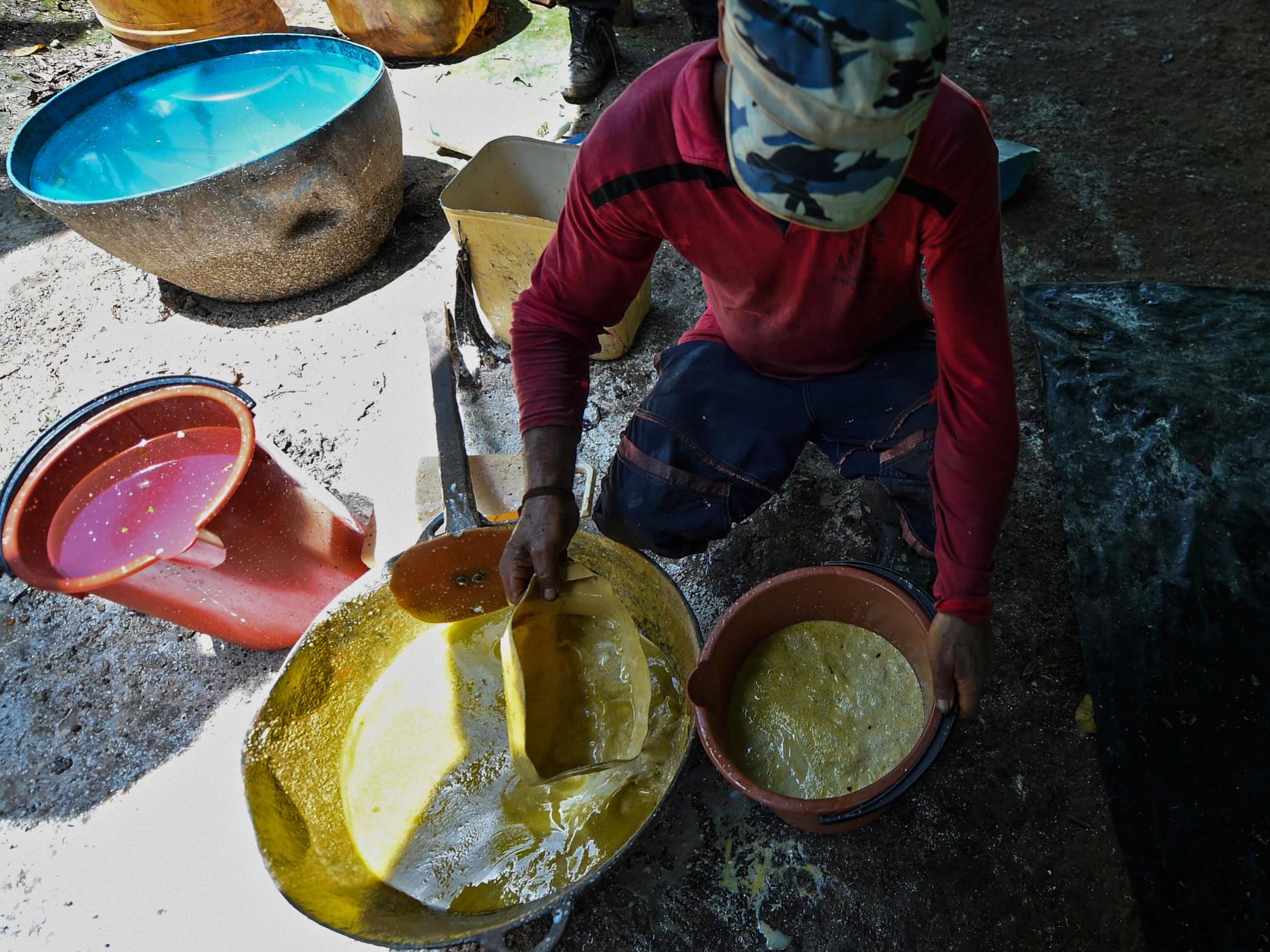Global cocaine production reaches all-time high after soaring 25% in one year, UN study concludes
Drug consumed by 18 million people worldwide, report finds

Your support helps us to tell the story
From reproductive rights to climate change to Big Tech, The Independent is on the ground when the story is developing. Whether it's investigating the financials of Elon Musk's pro-Trump PAC or producing our latest documentary, 'The A Word', which shines a light on the American women fighting for reproductive rights, we know how important it is to parse out the facts from the messaging.
At such a critical moment in US history, we need reporters on the ground. Your donation allows us to keep sending journalists to speak to both sides of the story.
The Independent is trusted by Americans across the entire political spectrum. And unlike many other quality news outlets, we choose not to lock Americans out of our reporting and analysis with paywalls. We believe quality journalism should be available to everyone, paid for by those who can afford it.
Your support makes all the difference.Global cocaine production hit record levels in 2017 after surging by 25 percent in just a single year, a United Nations report has found.
Of the 1,976 tonnes of 100 per cent pure cocaine produced, a record 1,275 were seized by authorities, but researchers at the UN Office on Drugs and Crime (UNODC) estimated the drug was still consumed by 18.1 million people worldwide in 2017.
The report also found that recreational drug use is increasing, and suggested that 35 million people currently suffer from drug use disorders worldwide, with only one in seven people receiving treatment.
“The findings of this year’s World Drug Report fill in and further complicate the global picture of drug challenges, underscoring the need for broader international cooperation to advance balanced and integrated health and criminal justice responses to supply and demand,” said Yury Fedotov, UNODC’s executive director.
Researchers attributed the drastic rise in cocaine production to criminal groups affecting coca bush cultivation in Colombia, which accounts for 70 percent of global cocaine production and saw a 31 percent rise in output.
Peru and Bolivia also saw increases in coca cultivation, and together accounted for the remaining 30 per cent of global output.
Colombia’s role in the global supply of cocaine was long exacerbated by a bloody civil war lasting 52 years. However, production has continued to rise after 2016’s peace deal, struck between the government and guerilla movement Revolutionary Armed Forces of Colombia (Farc).
Measures encouraging poor farmers to swap coca for other crops were introduced under the peace accord, but political divisions still hinder these efforts.
In order to fund its army, the rebel organisation previously taxed coca farmers living in areas under its control and trafficked the drug.
Since the peace deal was struck, a stream of smaller armed groups are stepping in to take its place, often forcing farmers not to abandon coca with threats and brute force.
Shortly after taking office in August 2018, President Iván Duque ambitiously pledged to reduce the land mass used for coca bush cultivation by 140,000 hectares by the end of his four years in power.
The United States has joined Colombia in its battle with cocaine production, and on Tuesday the White House Office of National Drug Control Policy (ONDCP) reported a minor drop in the land area used for cultivating coca of 208,000 hectares in 2018, down by 1,000 from the year before.
Earlier this month, President Duque told CNBC that his administration had put an end to coca cultivation in 60,000 hectares since he took office last August.
Colombia’s efforts to crack down on trafficking of the drug have also been increasingly successful, and it was responsible for intercepting 38 percent of the global total seized in 2017.
“In working closely with President Duque, we are seeing Colombia make progress in accomplishing our shared goal of significantly reducing coca cultivation and cocaine production,” ONDCP director Jim Carroll said.
The number of cocaine users in the US is estimated to have risen 40 percent between 2014 and 2017, with deaths involving the drug rising by nearly 160 percent.
Subscribe to Independent Premium to bookmark this article
Want to bookmark your favourite articles and stories to read or reference later? Start your Independent Premium subscription today.
Join our commenting forum
Join thought-provoking conversations, follow other Independent readers and see their replies
Comments